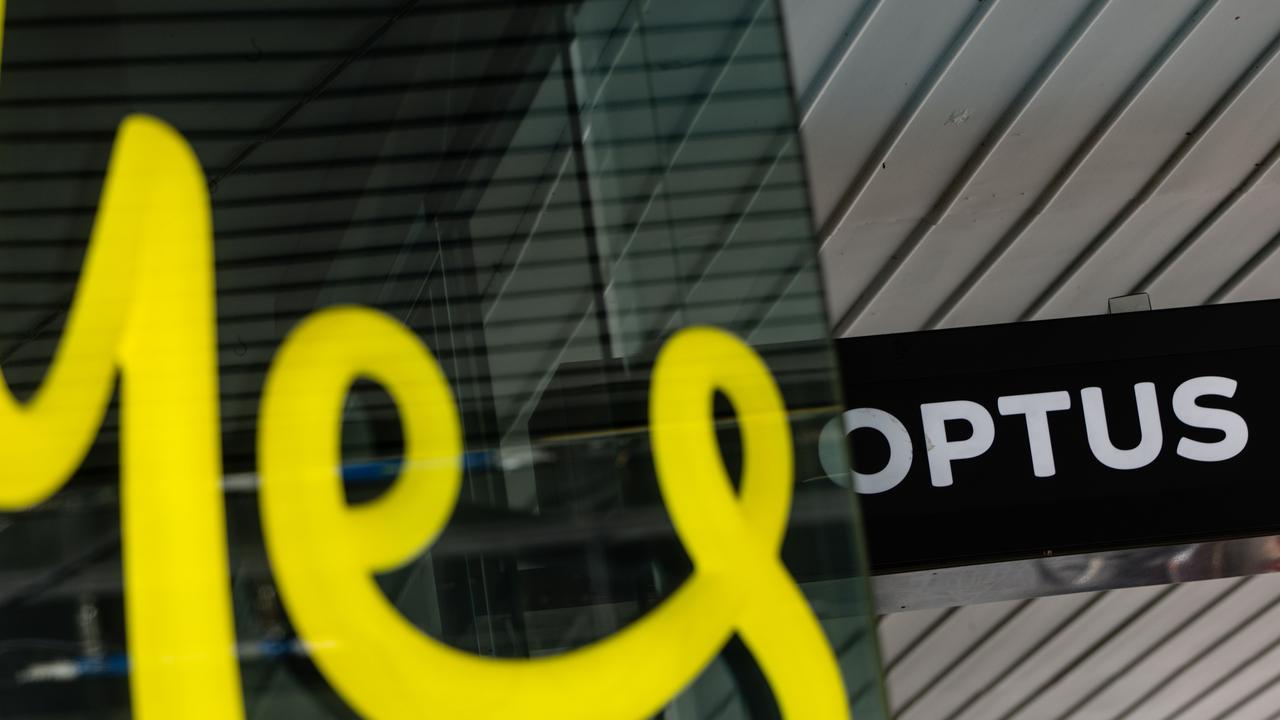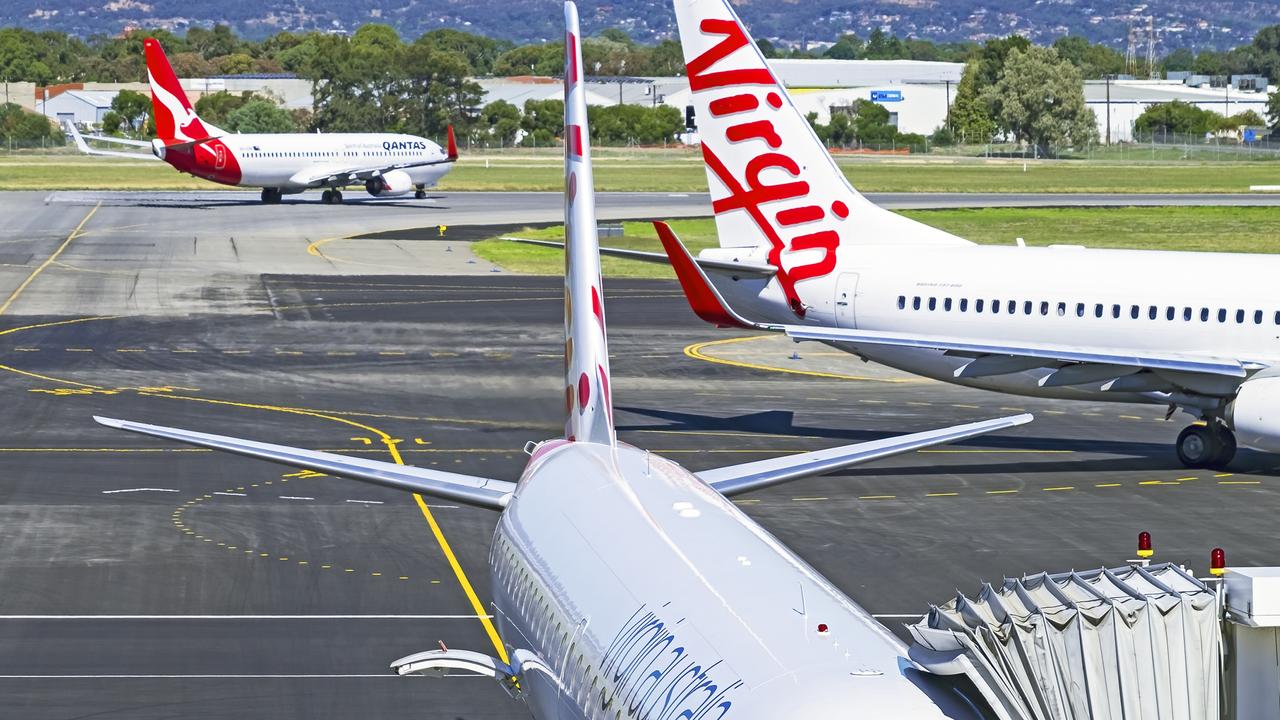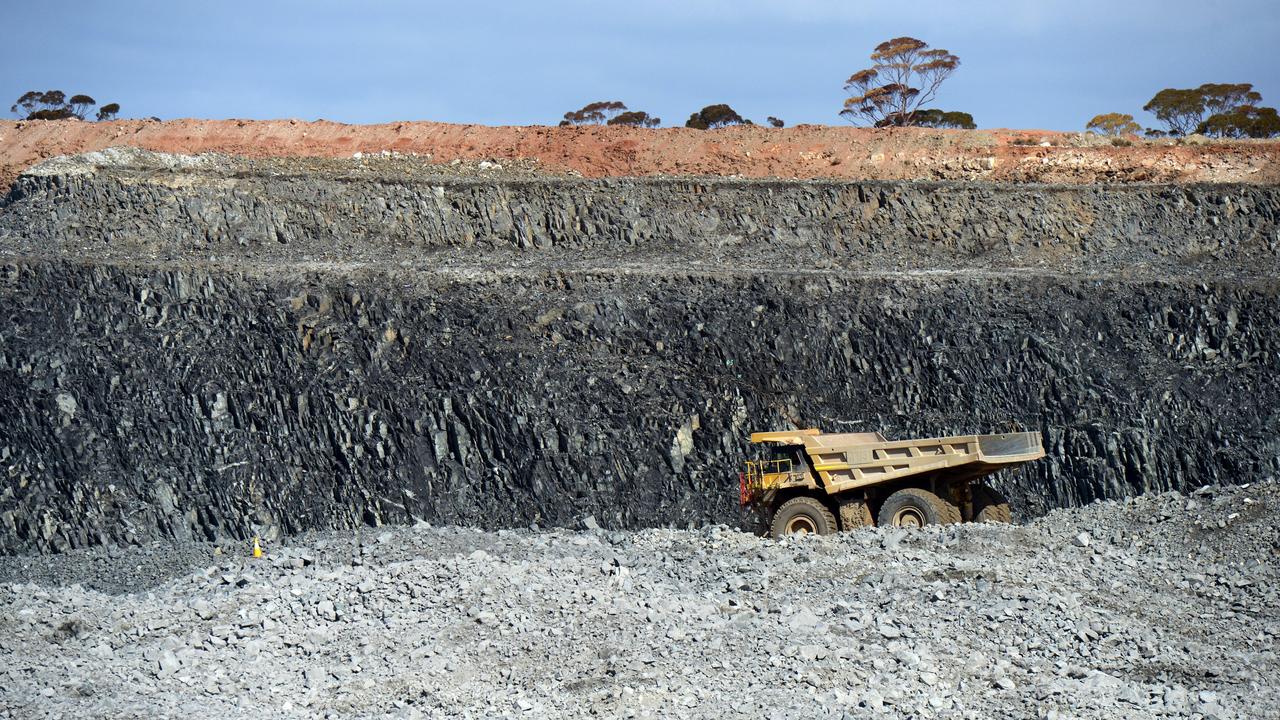When it comes to SMSFs, mum-and-dad investors are matching big super
The shareholdings of private investors and major super funds turn out to be remarkably similar with some interesting exceptions.

Business
Don't miss out on the headlines from Business. Followed categories will be added to My News.
New data reveals mum-and-dad investors across Australia run share portfolios which can broadly match any large super fund, with a remarkable 80 per cent crossover between the two groups on the most popular stocks.
Comparing the 10 most common stocks held by self managed super funds against those held by the 14 biggest super funds shows that bank and miners dominate the share portfolios of both groups.
Independent investors only vary from institutional investors in the hunt for franked dividends, while big super funds are more likely to buy “growth” stocks with low dividends.
The overall picture of share ownership emerges for the first time as fresh data from the 14 largest super providers in the $890bn MySuper sector can be combined with data on SMSF holdings.
With only minor exceptions in regards to the extent of holdings, the top stocks among both groups are the banks CBA, NAB, Westpac and ANZ, resource stocks BHP and Woodside along with retail conglomerate Wesfarmers and supermarket group Woolworths.
The strong crossover between both retail and institutional investors dispels any notion that independent investors lack the skills to allocate their funds in the local sharemarket effectively.
Though it also means that in common with big super funds, retail investors show a strong “home bias”, which automatically leads to a so-called “underweighting” in technology and big pharma stocks which have a larger presence on international markets.
The pair of stocks favoured by retail’s top 10 list but missing from the big super list are Telstra and Coles.
Telstra is one of the most widely held stocks in the country because it was one of the largest privatisations seen in the Australian market – it has a long history of steady dividend payments despite regular spells of poor share price performance.
Similarly, the Coles supermarket group is a pure play “defensive” dividend-paying stock which some shareholders have held for many years through its various incarnations back through Wesfarmers ownership and the earlier Coles Myer group.
The two stocks favoured by big super’s top 10 – but not held in the same degree by retail shareholders – are blood products giant CSL and Macquarie Bank.
CSL is a growth stock with a very modest dividend yield often close to 1 per cent; retail investors expect dividends of at least 4.5 per cent. Macquarie Bank is an investment bank with less predictable revenue than its major bank rivals.
When investing in overseas markets, major super funds and retail investors also show very similar allocations. In the top five most commonly held overseas stocks there is only one variation where retail investors hold Tesla, while big super favours credit card provider Visa.
Four offshore stocks are common to the top five holdings of both groups: Microsoft, Amazon, Apple and Alphabet (Google).
The comparison data is based on holdings as opposed to trading volumes.
The holding of big super funds comes from a report done in partnership between NAB and The Association of Super Funds Australia. The retail numbers come from the SMSF holdings compiled by the BGL group. Both reports cover the reporting period to June 2022, although longer-term data also suggests a similar concentration of the same stocks for both groups.
Trading volumes tell a different story, with some stocks such as BHP regularly appearing in the most traded stocks but the most popular “trades” relate to speculative investments.
The most commonly traded stocks by retail investors last year include lithium companies such as Core Lithium and Pilbara Metals. For overseas, the most traded stock by far is Elon Musk’s electric vehicle empire, Tesla.
Commenting on the new report, ASFA chief executive Martin Fahy said: “This is a timely snapshot providing transparency for the industry which shows the system is in great shape for members.”
Looking at holdings by asset class for the period, the new data shows that the key assets of big funds are shares (equities) at 57 per cent with cash close to 7 per cent.
Similar surveys for independent investors – as represented by more than one million Australians linked to SMSFs – show that self-directed investors hold about twice as much cash.
A recent Rainmaker report suggests SMSF assets held in equities and property “have stayed remarkably stable, locked in at around 36 per cent and 16 per cent respectively”.
Originally published as When it comes to SMSFs, mum-and-dad investors are matching big super







